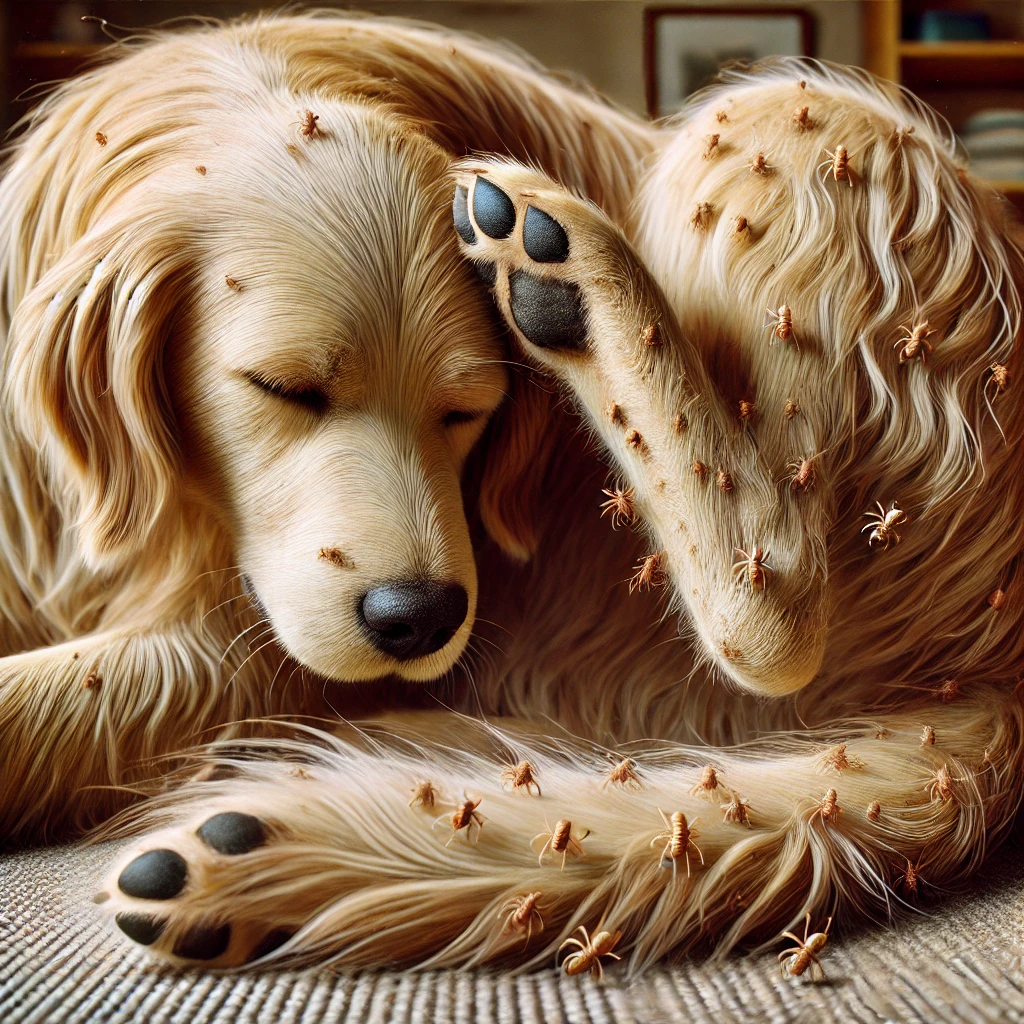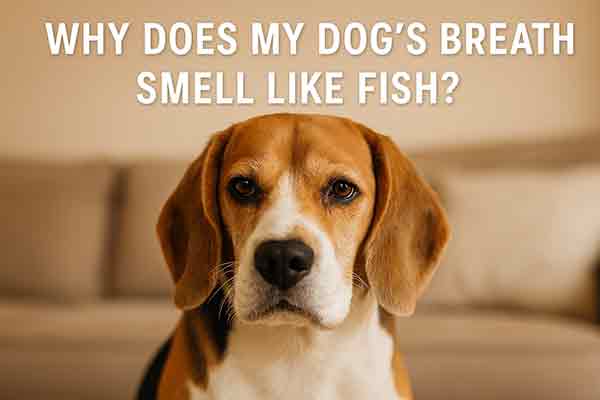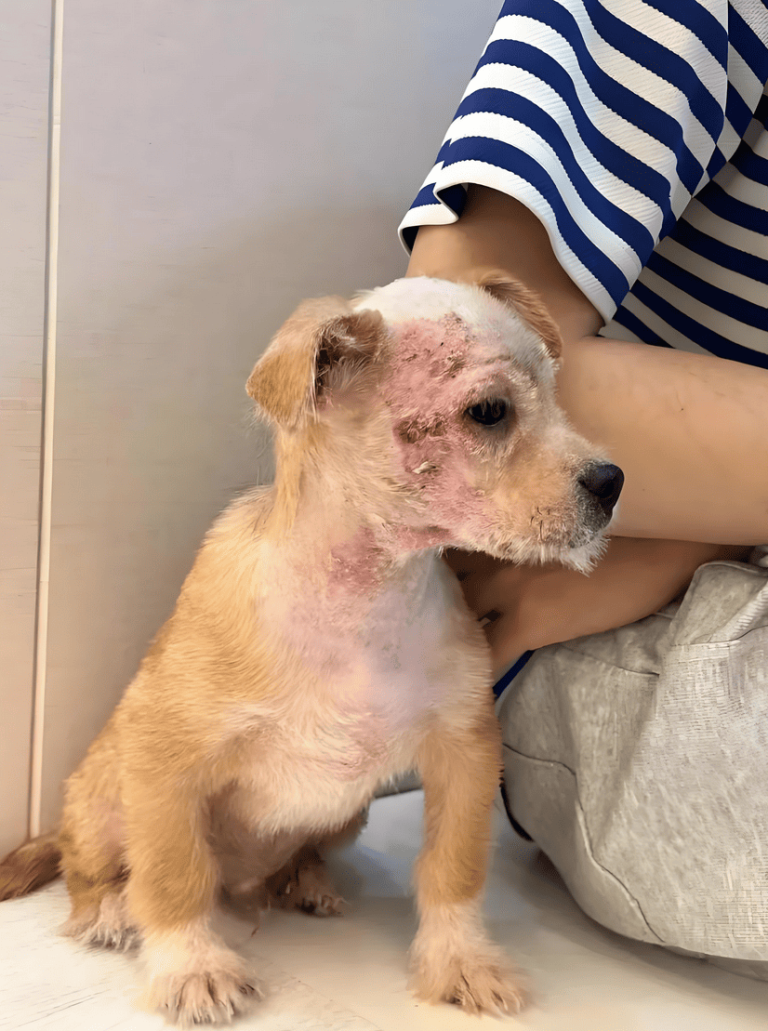Can Dogs Get Lice? Everything You Need to Know
Lice infestations are a common concern among pet owners, but when it comes to dogs, many people wonder: Can dogs get lice? The short answer is yes, but dog lice are different from human lice, and their infestations require specific treatments. In this article, we’ll cover everything you need to know about lice in dogs, including symptoms, treatments, and prevention methods.
What Are Dog Lice?
Lice are tiny, wingless insects that live on a host’s skin and feed on their blood or dead skin cells. Unlike fleas, lice are host-specific, meaning dog lice only infest dogs and cannot be transmitted to humans or other pets like cats.
Types of Dog Lice
There are two primary types of lice that affect dogs:
-
Chewing Lice (Trichodectes canis and Heterodoxus spiniger)
-
These lice feed on dead skin and debris.
-
They can cause itching, irritation, and skin infections.
-
Trichodectes canis is known to transmit tapeworms.
-
-
Sucking Lice (Linognathus setosus)
-
These lice feed on a dog’s blood.
-
They can lead to anemia, especially in puppies or dogs with weakened immune systems.
-
How Do Dogs Get Lice?
Dogs typically get lice through direct contact with an infested dog or contaminated objects such as:
-
Grooming tools
-
Bedding
-
Dog collars or leashes
-
Kennels and dog parks
Unlike fleas, lice do not jump or fly. Instead, they crawl from one host to another, making transmission more common in poorly groomed, stray, or neglected dogs.
Symptoms of Lice in Dogs
Lice infestations in dogs can cause a range of symptoms, including:
-
Excessive scratching and biting at the skin
-
Dry, flaky skin or dandruff-like flakes
-
Hair loss or bald patches
-
Matted fur with visible lice or eggs (nits)
-
Redness, sores, or scabs on the skin
-
Lethargy (in severe cases due to blood loss from sucking lice)
The most common areas where lice infest include the head, neck, shoulders, groin, and tail base.
How to Check Your Dog for Lice
To check for lice, follow these steps:
-
Inspect the fur – Part your dog’s hair and look for tiny, yellowish or white specks (lice eggs) stuck to the hair shaft.
-
Look for crawling insects – Adult lice are visible to the naked eye and look like small, flat, tan-colored insects.
-
Use a fine-tooth comb – Run it through your dog’s fur, paying close attention to areas behind the ears, neck, and groin.
If you suspect lice, consult a veterinarian for confirmation and treatment options.
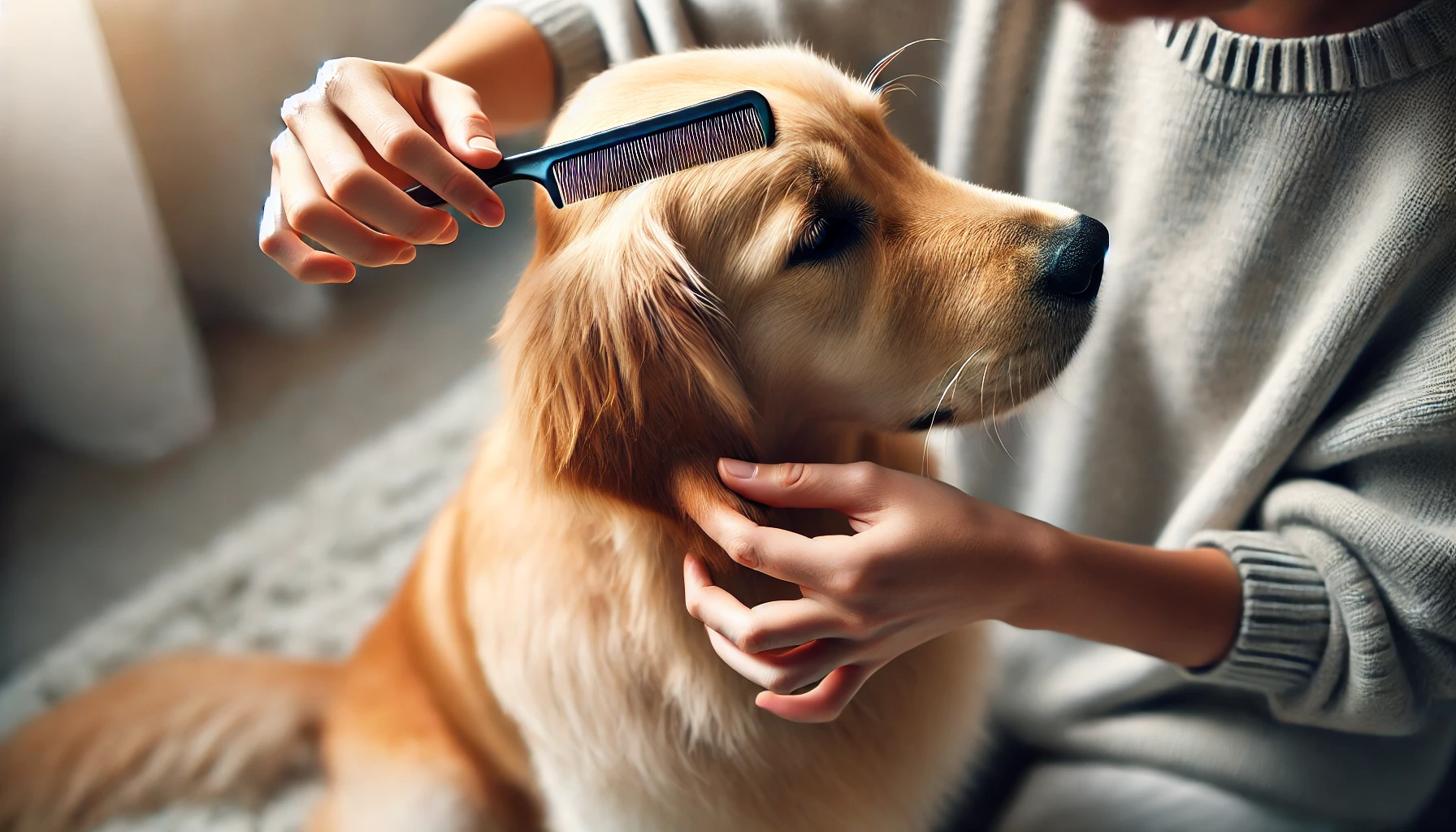
How to Treat Lice in Dogs
Treating lice in dogs requires specialized lice-killing treatments. Here are the most effective methods:
1. Medicated Shampoos and Sprays
-
Look for lice-killing shampoos containing pyrethrin, permethrin, or fipronil.
-
Bathe your dog thoroughly, making sure to leave the shampoo on for at least 10 minutes before rinsing.
2. Topical and Oral Treatments
-
Some flea and tick preventatives like selamectin, imidacloprid, or fipronil can help kill lice.
-
Monthly spot-on treatments or oral medications can prevent reinfestations.
3. Comb Out Nits and Lice
-
Use a fine-tooth lice comb to remove dead lice and nits after treatment.
-
Repeat daily for several weeks.
4. Clean the Environment
-
Wash all bedding, collars, leashes, and grooming tools in hot, soapy water.
-
Disinfect floors, carpets, and dog crates to prevent reinfestation.
How to Prevent Lice in Dogs
Lice infestations are more common in dogs that are neglected, malnourished, or in poor hygienic conditions. Follow these tips to prevent lice:
-
Keep Your Dog Clean and Groomed – Regular bathing and brushing help remove potential lice before they spread.
-
Use Preventative Treatments – Monthly flea and tick preventatives can help keep lice away.
-
Avoid Contact With Infested Dogs – Be cautious when boarding your dog or taking them to dog parks.
-
Clean and Disinfect Regularly – Wash your dog’s bedding and sanitize grooming tools frequently.
Can Humans Get Lice from Dogs?
No, dog lice do not affect humans. Lice are species-specific, meaning the type that infests dogs cannot survive on humans, and vice versa. However, human lice can still be a concern for people and require separate treatment.
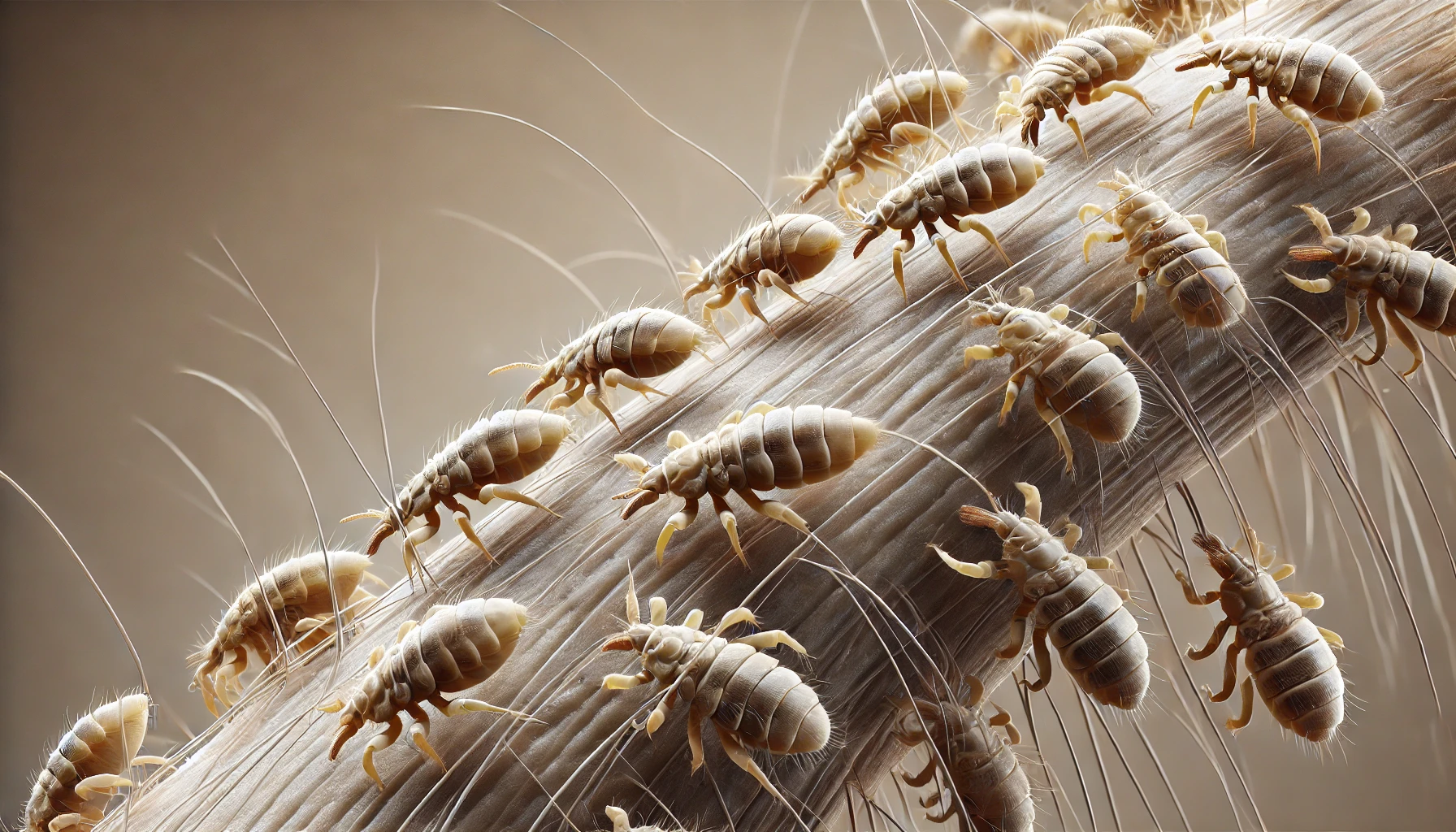
When to See a Vet
While lice infestations in dogs are not as common as fleas or ticks, they can still cause significant discomfort and health issues. You should see a vet if:
-
Your dog’s scratching or biting becomes excessive.
-
You notice severe hair loss, sores, or skin infections.
-
Your dog seems weak or lethargic, which may indicate anemia from sucking lice.
Final Thoughts
So, can dogs get lice? Yes, they can, but it’s a treatable and preventable condition. By maintaining good hygiene, regular grooming, and using flea preventatives, you can keep your dog lice-free and healthy. If you suspect a lice infestation, act quickly with appropriate treatments and consult your vet for the best approach.
By following these steps, you’ll ensure your dog stays comfortable, happy, and free from pesky parasites!

